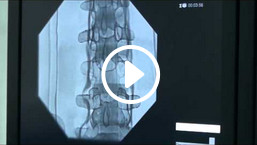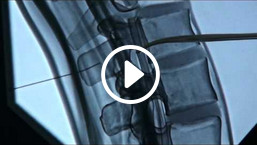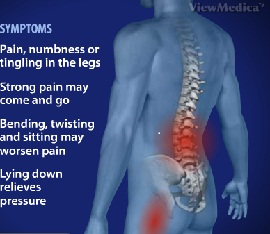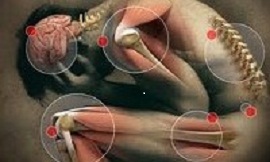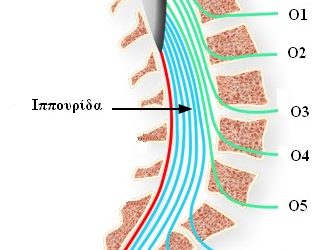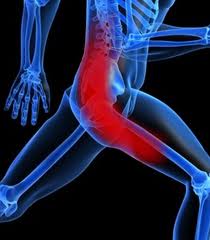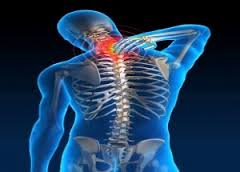New Study Provides Evidence that Acupuncture Increases Pain Threshold
By: Sylvia Marten
President, Spine-health
May 19, 2010 (Spine-Health) —
Acupuncture is a popular form of Chinese medicine that has been around for over 2500 years. While it is typically not the first option used to treat neck pain or back pain, an increasing number of patients are using acupuncture for supplemental pain relief at the urging of physicians and other health professionals.
The methods of acupuncture are based on the belief that the body contains patterns of energy flow referred to as qi (pronounced “chee”). Proper, unimpeded flow of qi is believed to be essential for the maintenance of proper health, and needles applied to specific acupuncture points are believed to help correct and balance that flow.
Due to its ability to stimulate the central nervous system, acupuncture has the potential to significantly affect the perception of back and neck pain. A recent study at the University of Munich confirmed the therapeutic potential of acupuncture. Results were published in the May 2010 issue of the journal Anesthesia & Analgesia, the official journal of the International Anesthesia Research Society.
Results from the acupuncture study highlighted two nerve fibers—the “A delta” and “C” pain fibers—that are believed to be specifically affected by acupuncture. Researchers also showed the benefits of different types of acupuncture: regular needles, as well as those coupled with low or high frequency electrical stimulation. In the study, researchers recruited 24 healthy volunteers and applied acupuncture to one leg. Results showed that pain thresholds increased by up to 50 percent in both the treated and untreated legs. Pain thresholds were measured by using two methods: thermal testing in which differences in both hot and cold stimulus are measured by each subject, and mechanical testing which measures the differences in pressure sensitivity a subject experiences by using pinpricks. After acupuncture was administered, the subjects were less sensitive to pain since it took a greater intensity of pain (e.g., hot/cold or pressure) to elicit a recognition of pain when compared to the control measurements (response to pain before acupuncture was administered) of each test subject.
While the specific mechanism is not understood, it is believed that acupuncture contributes to pain relief by releasing opioid peptides in the brain that have a natural analgesic effect. Acupuncture may also alter the secretion of specific neurotransmitters that play a direct role in the sensation of pain. Further studies will be performed with the hopes of fully understanding how acupuncture affects the perception of pain.


